
Most-read ‘Conversation’ articles by USC Dornsife scholars in 2018
Continuing a scholarly partnership formed in 2016, a number of USC Dornsife experts have written for The Conversation, an independent source for informed commentary and analysis written by the academic and research community and edited by journalists for the general public.
Many of these insightful posts have been republished in Washington Post, Smithsonian Magazine, Scientific American, Time, PBS, UPI, Salon and other outlets across the country and around the globe. The following six articles topped the list, with more than 490,000 reads between them as of Dec. 19.
USC Dornsife faculty who are interested in publicizing their work and expertise by writing for The Conversation can email Jim Key at jameskey@dornsife.usc.edu.
For more articles like these, visit USC Dornsife’s Viewpoint webpage or the USC Dornsife page at TheConversation.com.
6. Why the Pilgrims were actually able to survive 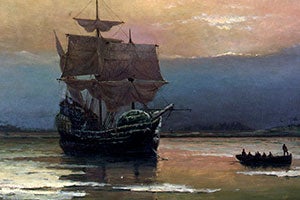
The Pilgrims repeatedly thanked God for their good fortune. But without two earlier developments, the entire undertaking at New Plymouth would have likely failed, explains Peter Mancall, Andrew W. Mellon Professor of the Humanities, Linda and Harlan Martens Director of the Early Modern Studies Institute and professor of history and anthropology.
With more than 44,000 reads, this article was republished by Salon and others.
5. Inside North Korea’s literary fiction factory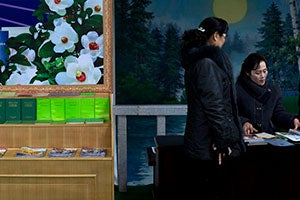
The state-produced stories, which include tales about apartment lotteries, theme parks and the Clintons, might seem absurd. But they offer a window into the regime’s priorities and anxieties, writes Meredith Shaw, international relations and political science doctoral student.
With more than 45,000 reads, the article was republished by Good Magazine, Salon, Business Insider and others.
4. The hidden superpower of ‘Black Panther’: Scientist role models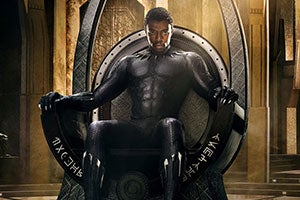
Seeing black lead characters who are accomplished scientists could be just the thing to help inspire future generations to follow in their footsteps, explains Professor of Physics and Astronomy Clifford Johnson.
With more than 61,000 reads, this article was republished in Salon, PBS, The Wire and more.
3. Yes, GPS apps make you worse at navigating – but that’s OK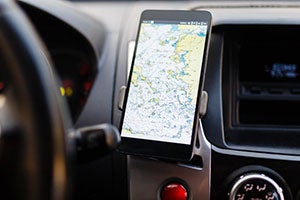
Without their devices, regular GPS users take longer to negotiate a route, travel more slowly and make larger navigational errors, writes Jennifer Bernstein, lecturer in spatial sciences.
With more than 88,000 reads, this article was republished in Washington Post, Business Insider, Salon and more.
2. 10 things to know about the real St. Patrick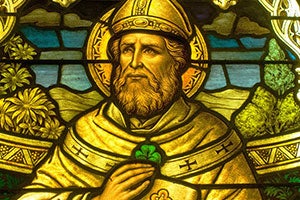
There are many myths associated with St. Patrick, the patron saint of Ireland. But Patrick’s own writings and early biographies reveal the person behind the legend, explains Lisa Bitel, Dean’s Professor of Religion and professor of religion and history.
With more than 122,000 reads, this article was republished in Asia Times, The Independent, San Francisco Chronicle and others.
1. The ‘real’ St. Valentine was no patron of love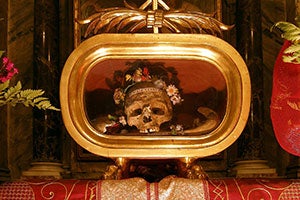
Valentine’s Day originated as a feast to celebrate the decapitation of a third-century Christian martyr, or perhaps two. Lisa Bitel, Dean’s Professor of Religion and professor of religion and history, answers the question: So how did the day become a celebration of love?
With more than 132,000 reads, this article was republished in Smithsonian Magazine, Washington Post, Salon and more.